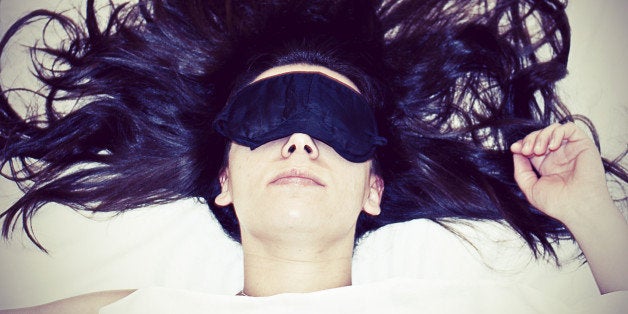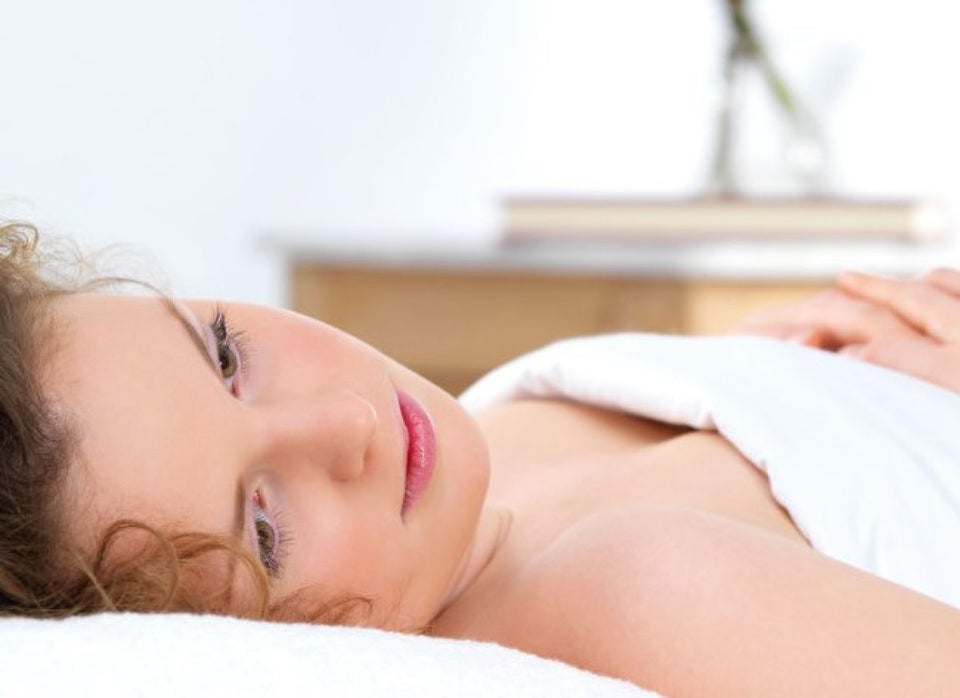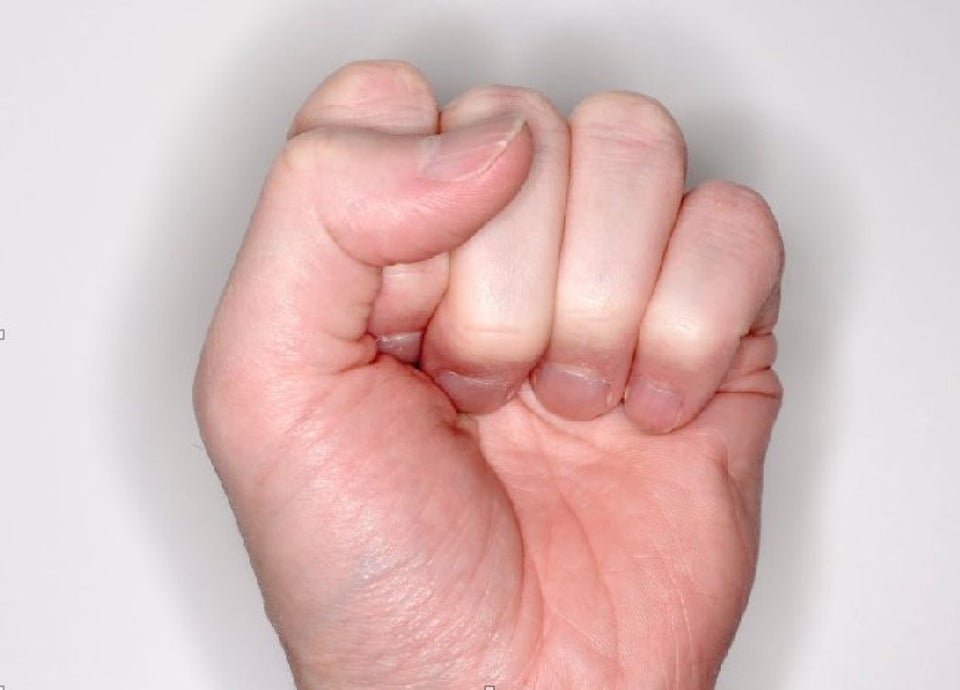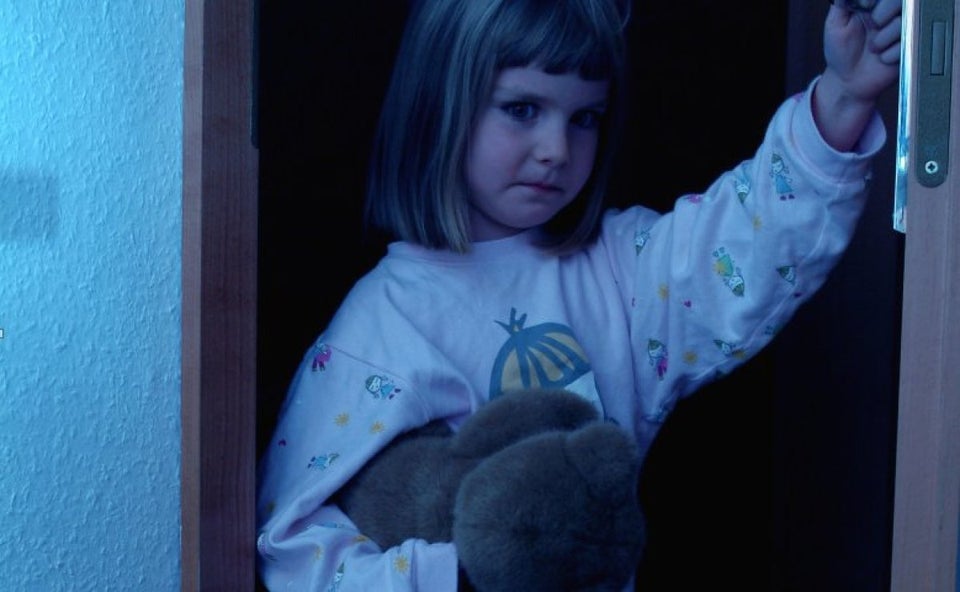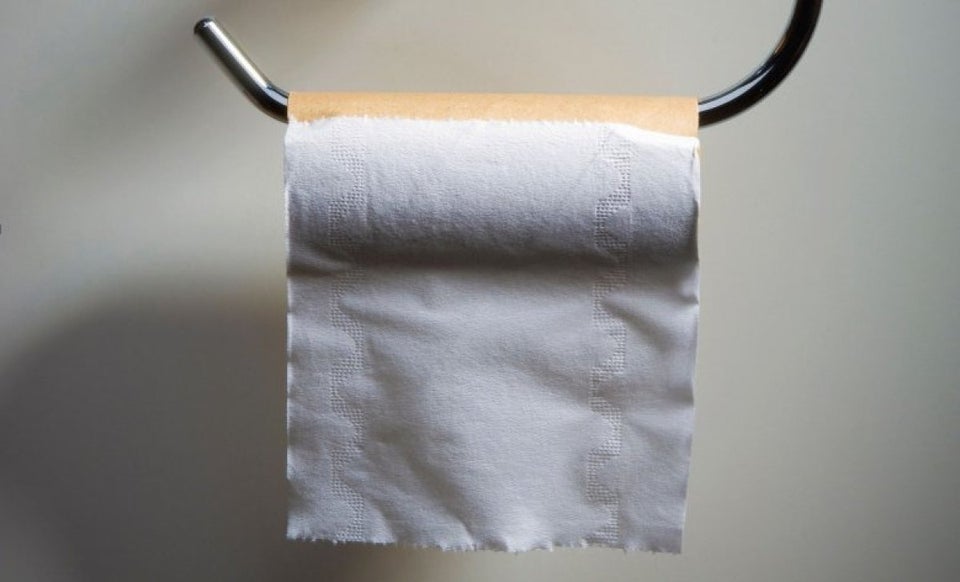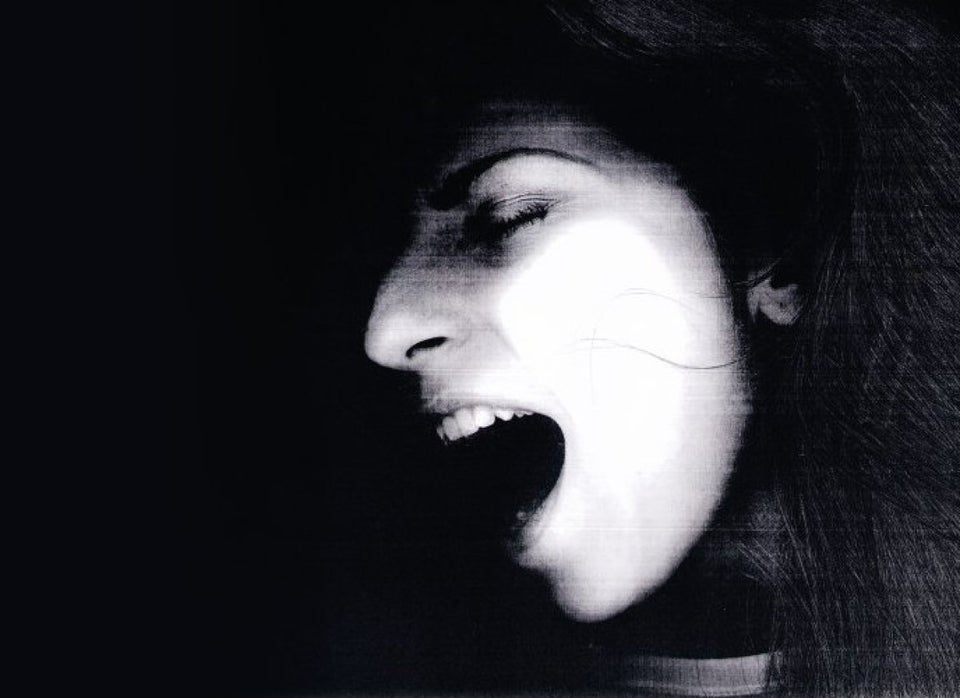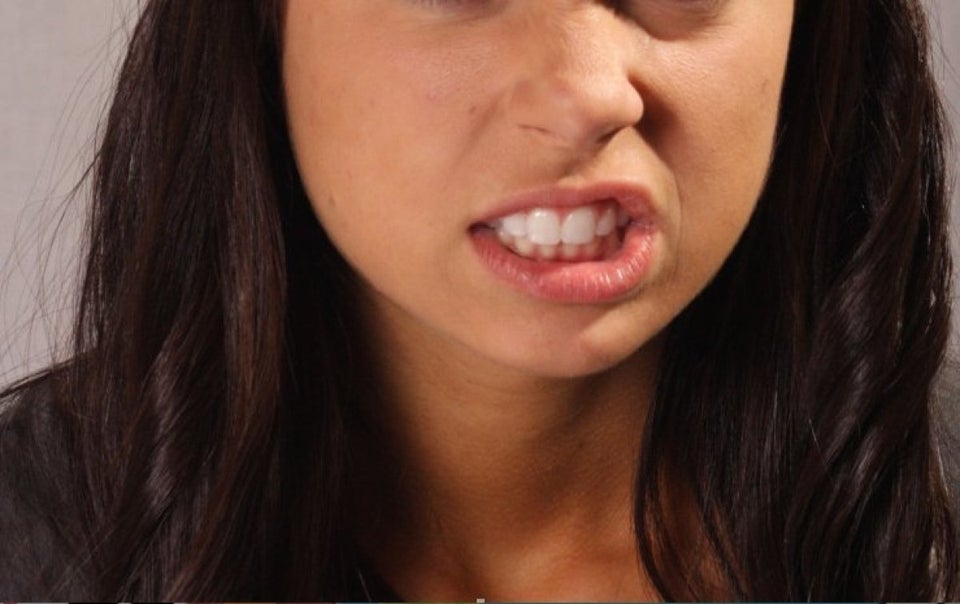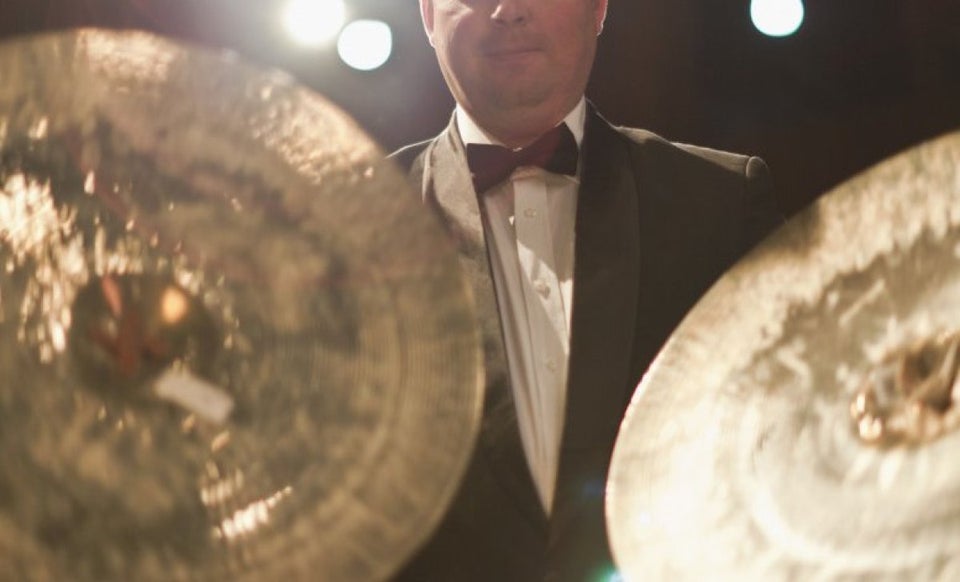For something we do on a nightly basis, there sure is a lot we don't fully understand about sleep.
In fact, some of the strangest sleep phenomena actually happens in between stages of wake and sleep, says Dr. Philip Gehrman, PhD, CBSM, clinical director of the Behavioral Sleep Medicine Program at the University of Pennsylvania.
"It used to be thought that you're either awake or you're asleep, and nothing in the middle," Gehrman told HuffPost. But turns out there are a number of ways that "people can experience things that are not fully wake or not fully sleep."
"A lot of these things are very normal, and you can divide them into two categories: Things that happen in non-REM sleep, and things that happen in REM sleep," he added.
Here, we went to the experts to to clear up the facts about some sleep conditions -- some more common than others. Have you ever experienced any of these?
Sleep Paralysis
alamy
If you've ever drifted off to sleep or just woken up from sleep but were unable to move any part of your body -- spurring a sense that you are frozen in your bed -- you may have experienced sleep paralysis. Sleep paralysis is more common in the seconds to minutes when we're first waking up, whether in the morning or in the middle of the night, Gehrman said. When we are in REM sleep, our muscles are paralyzed so that we don't act out our dreams. But with sleep paralysis, a part of the brain wakes sooner than the rest, giving a sense of wakefulness and alertness -- even though the body's muscles are still paralyzed, Gehrman explained. However,
sleep paralysis isn't dangerous despite the unsettling feeling experienced by people who have been through it, according to Stanford University. To decrease the number of sleep paralysis episodes you have, stress reduction, getting enough hours of sleep a night and making sure you have a good sleep schedule could help.
REM Sleep Behavior Disorder
alamy
Opposite to sleep paralysis, REM sleep behavior disorder occurs when your brain is in REM sleep but your muscles are acting out your dreams, Gehrman explained.WebMD explains the
signs of the disorder:
Dream-enacting behaviors include talking, yelling, punching, kicking, sitting, jumping from bed, arm flailing, and grabbing. An acute form may occur during withdrawal from alcohol or sedative-hypnotic drugs.
Stanford Sleep Disorders Clinic sleep specialist Tracy Kuo, Ph.D., told Everyday Health that this
disorder could potentially be violent, especially if the person is kicking or punching his or her self or partner while sleeping. "Without treatment, it tends to get worse over time," she told Everyday Health. However, there are medications a person can take to help people relax their muscles when they sleep so that they
don't have any muscle activity when they are in REM sleep, Everyday Health reported. REM Sleep Behavior Disorder has also been linked to
neurodegenerative diseases like Parkinson's disease and multisystem atrophy, and seems to occur several years before these diseases, WebMD reported.
Sleep Walking And Talking
alamy
Similarly to sleep paralysis, sleep-walking and sleep-talking occur when part of the brain is awake but the rest of it is asleep, Gehrman said. "With sleep-walking, people are mostly asleep but you're engaging in what are usually kind of basic routine behaviors," Gehrman said. "So typically, people sleep walk and go to the bathroom, or go down to the kitchen and get something to eat, but it's all usually very routine." Because sleep-walking and sleep-talking occur in non-REM sleep, since non-REM sleep only produces bland, boring dreams, whatever the person is saying or acting out is not related to what they may actually be dreaming about, he said. However, Gehrman said that there is not yet a clear answer as to why we say or act out the things we do when we are sleep-walking or sleep-talking.Sleep-walking isn't inherently dangerous, but if a child is prone to sleepwalking, Honaker recommends that parents take safety precautions by locking windows, putting safety latches on doors, etc., so that sleep-walking children don't accidentally hurt themselves.
Bedwetting
alamy
Bedwetting, also known as enuresis, is defined as involuntary urination by a child who is older than age 5 or 6 (either in the day or night), according to the A.D.A.M. Medical Encyclopedia. Sarah Morsbach Honaker Ph.D., a pediatric sleep psychologist at the University of Louisville, told HuffPost that bedwetting is very common in children, and that most kids outgrow it as they get older, many times without any intervention.Honaker said a possible cause for bedwetting is maturational delay, meaning a child's body hasn't yet matured to maintain bladder control throughout the night."You wouldn't expect a 2-year-old to be dry throughout the night," Honaker told HuffPost. "For some kids, this ability matures later than others." In addition, some kids may just have a lower arousal threshold, meaning that it takes more to rouse them from sleep if their bladder is full, she said. "Because enuresis is outgrown, there's a tendency in some cases for healthcare providers to make the decision not to treat it," Honaker said. "However, there has been research to suggest it impacts self esteem and can have social consequences." Because of that, she suggests that kids whose lives are strongly impacted by bedwetting to consider an intervention like a bedwetting alarm, which senses moisture and goes off so the child wakes up to go to the bathroom.
Night Terrors
alamy
Night terrors, also known as sleep terrors, occur more often in children, who tend to outgrow them by adolescence, Honaker said. She also clarified that they are not the same thing as nightmares. "When a child has a sleep terror, they're asleep, so typically what will happen is they will be inconsolable, seem very upset, crying, screaming, and don't even seem to recognize the parent when the parent comes into contact with them," Honaker said.Sleep terrors can go on from 2 minutes to 20 minutes or longer, and they can be very scary for parents, she said, but parents should rest assured that sleep terrors are not at all harmful for the children."They're asleep, so there's no lost sleep, and we don't see them feeling fatigue the next day," she said. "There's typically no recall, and that's a hallmark with a sleep terror." Honaker said that anywhere from 1 to 6 percent of children will experience a sleep terror, with the typical age of onset being between 4 and 12 years old. For parents, the best thing to do is not wake the child up -- "it can actually make the episode worse because the child doesn't see them as a parent," she said.
Teeth Grinding
alamy
Teeth grinding, also known as bruxism, occurs when you
slide your teeth back and forth, and can occur in both the day and night time, according to the A.D.A.M. Medical Encyclopedia. It can be annoying to sleep partners, and can even lead to joint pain or damage in the area.Teeth grinding is a result of any number of factors, including stress, misaligned teeth, ability to relax and sleeping habits, the A.D.A.M. Medical Encylopedia reported.Gehrman said that sometimes, lowering stress and anxiety can help to reduce teeth grinding at night. To manage teeth grinding -- though it isn't a cure -- people can go to their dentists to get a mouth guard to protect their teeth at night.
Exploding Head Syndrome
alamy
Exploding head syndrome is definitely more unusual than some other sleep occurrences like sleep-walking or sleep-talking, Gehrman said. "From descriptions, it's this bizarre experience that it does feel like your head is exploding" because of a loud noise going off in the head, Gehrman said. However, he noted that it's not dangerous. The American Sleep Association
describes it as:
... Similar to a bomb exploding, a gun going off, a clash of cymbals or any other form of loud, indecipherable noise that seems to originate from inside the head.
Gehrman said that there is little research on the phenomenon, but it seems to be a very extreme variation of hypnic jerks -- those weird leg jerks that occur when you're first falling asleep.The American Sleep Association reported that people over age 50 and women are more likely to experience the phenomena, and that it's asso
ciated with high stress and fatigue.
